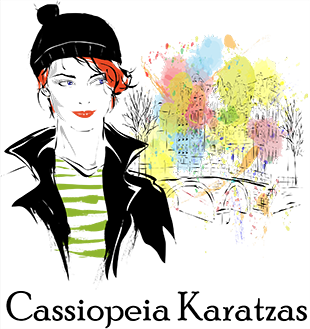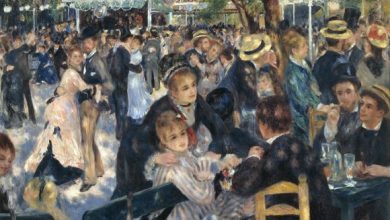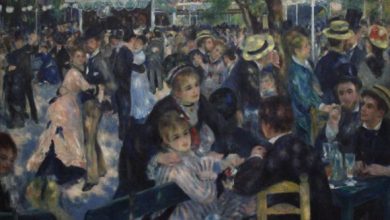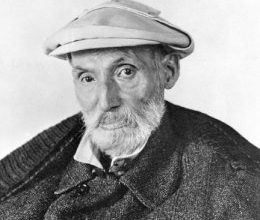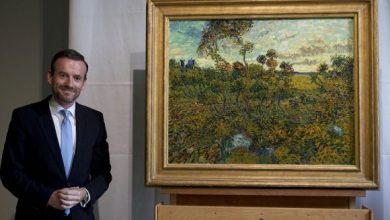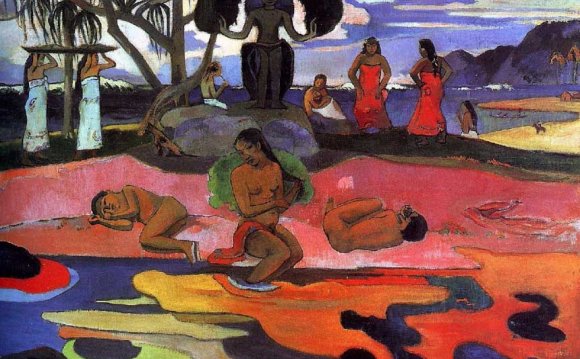
Artist Eugène Henri Paul Gauguin was a self-described “barbarian, ” a tortured and gifted soul who was never able to settle into the life that 19th century Parisian society expected of him. At the age of 35 he left a career as a stock broker to pursue his passion, painting. He consequentially suffered periods of poverty and family discord, yet his fateful choice resulted in some of the most influential paintings of all time. Throughout his artistic journey, he was continually pulled towards a more primitive lifestyle. Ever wandering, he traveled across the world in search of artistic inspiration. As a food writer, I am always interested in the foods that fueled gifted artists like Gauguin; cooking a meal inspired by the man allows us a more visceral way to meditate on his life and work. Gauguin painted images of food throughout his life, and he dreamed of living in a tropical paradise where he could “live on fish and fruit.” Gauguin’s wanderlust eventually led him to exotic locations where he enjoyed simple, local tribal foods, as evidenced by his journal entries.
Gauguin was born in Paris on June 7, 1848 to a radical journalist and his wife, the daughter of a prominent socialist writer. Revolution was in the air, and Gauguin’s parents were outspoken about their beliefs. By the end of his birth year, conservatism prevailed in France. Out of concern for their own safety under this new government, Gauguin’s family fled to Peru. His father suffered a fatal heart attack during the journey, leaving young Gauguin with his mother and sister. They settled in Peru, and Gauguin cherished his boyhood in this exotic landscape. Many believe that the imagery and colors of this Peruvian childhood were a major influence on Gauguin’s painting style.
At the age of 7 Gauguin returned with his family to France, where he attended school. He much preferred life in Peru to his school years in France, and at age 17 he enlisted as a merchant marine. It is perhaps the earliest example of his rebellious nature. Throughout his life, Gauguin deviated from the paths that would lead to financial security. His constant desire for adventure, which he referred to as his “terrible itching for the unknown, ” left him with a fondness for the lifestyle of what he referred to as “savages.” Most art historians agree that when Gauguin used this term he meant “primitive, ” or a rejection of the bourgeois values that he’d witnessed while living in Paris.
In 1873 Gauguin married a Danish woman by the name of Mette-Sophie Gad. Together they had five children and he supported his family as a successful stockbroker. During this time his attraction to the art world grew. He began making purchases for his personal art collection, and he took up the hobby of painting. When the stock market crashed he made the decision to pursue his artistic passion full time. As a painter his personal fortune quickly dwindled. He was forced to work as a tarpaulin salesman for a brief time, moving to Copenhagen with his wife and her family to make ends meet. Eventually Gauguin returned to Paris with his son, who was ill. He worked as a bill poster to pay for his son’s care, while simultaneously pursuing his painting career. His wife became frustrated with their constant financial instability; she eventually left him in 1894.
Gauguin’s mentor Camille Pissarro spotted his talent early on and invited him to exhibit with the up-and-coming Impressionists of the time, including Monet and Degas. Though his initial schooling was in Impressionism he connected deeply with the Symbolist style, as it gave him an opportunity to paint more than just a literal reflection of what he saw. Starting in 1886 he made the first of many trips to an artist’s colony in Pont-Aven, Brittany, where his use of color and symbols more firmly solidified his role as a pioneer of the Symbolist movement. Fellow artist Emile Bernard, who also painted at Pont-Aven, described their work as a style wherein “ideas dominate technique.” In 1887 Gauguin traveled further in search of inspiration, landing first in Panama, then Martinique. There he experimented with using analogous colors and non-representational color in his work, further breaking from a realistic style and instead painting the expression of what he felt inside.
